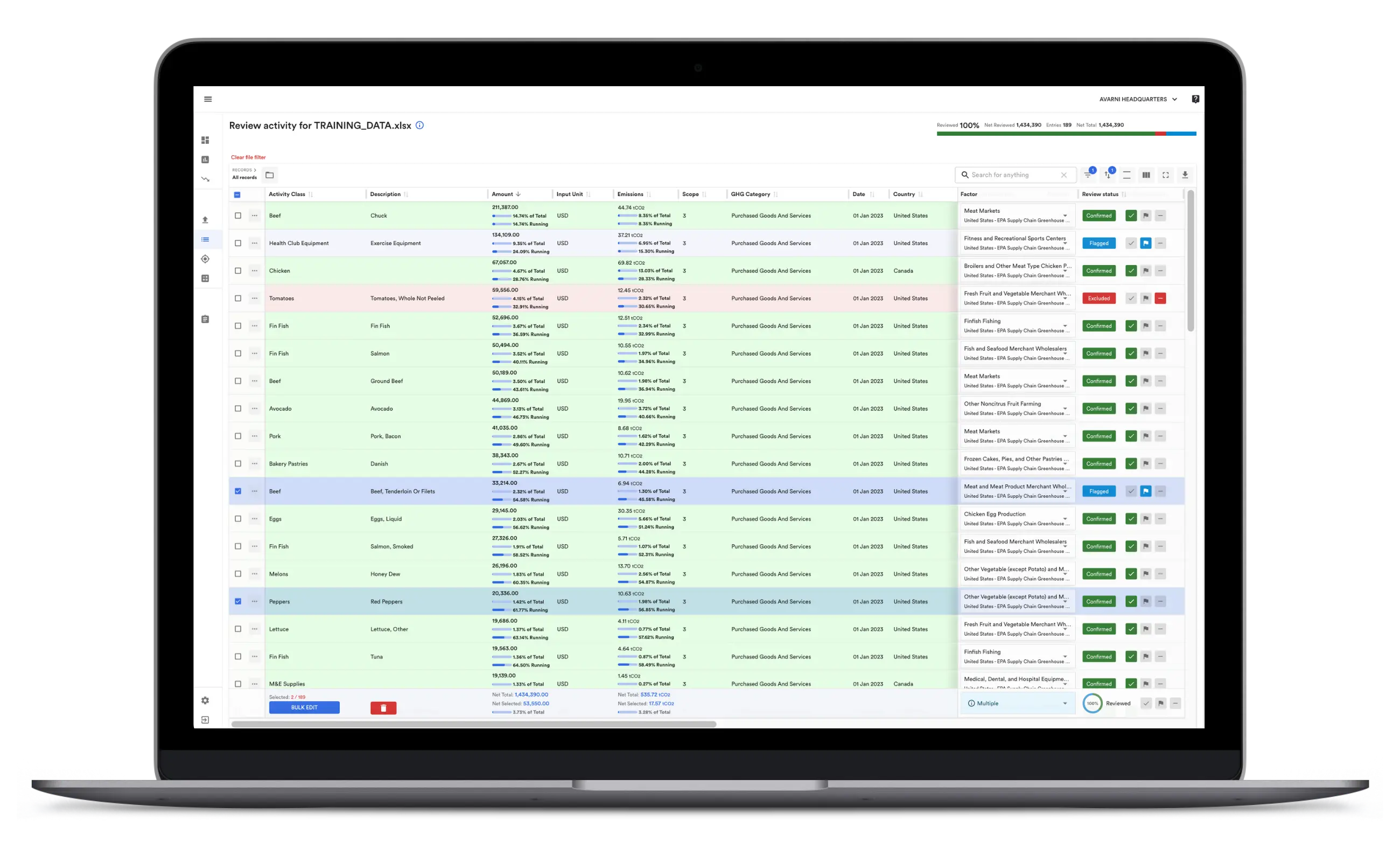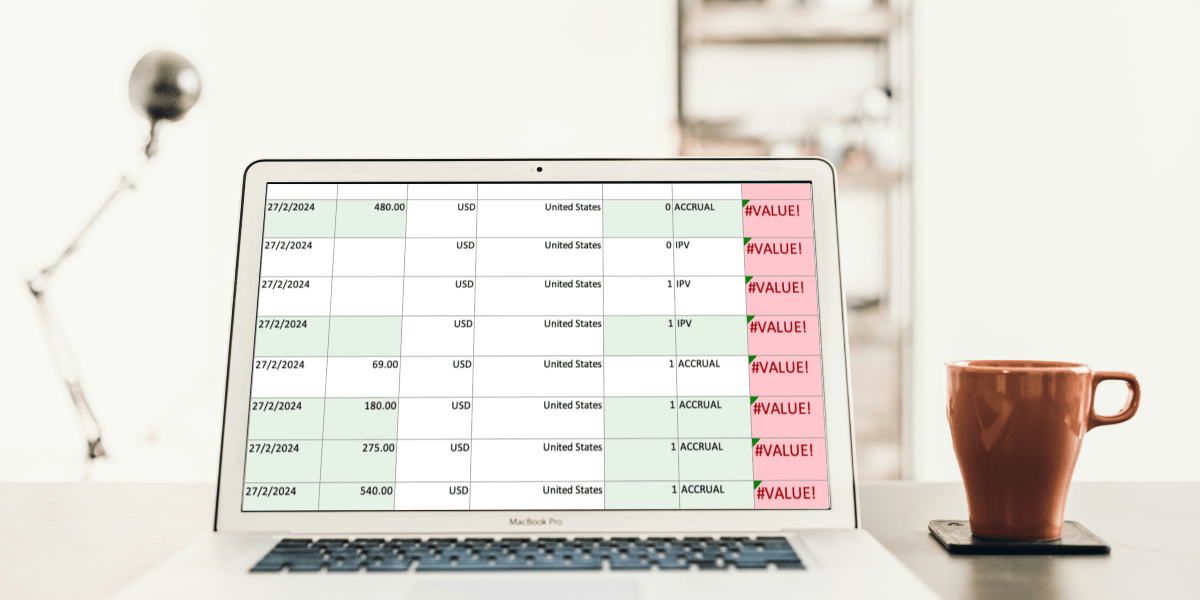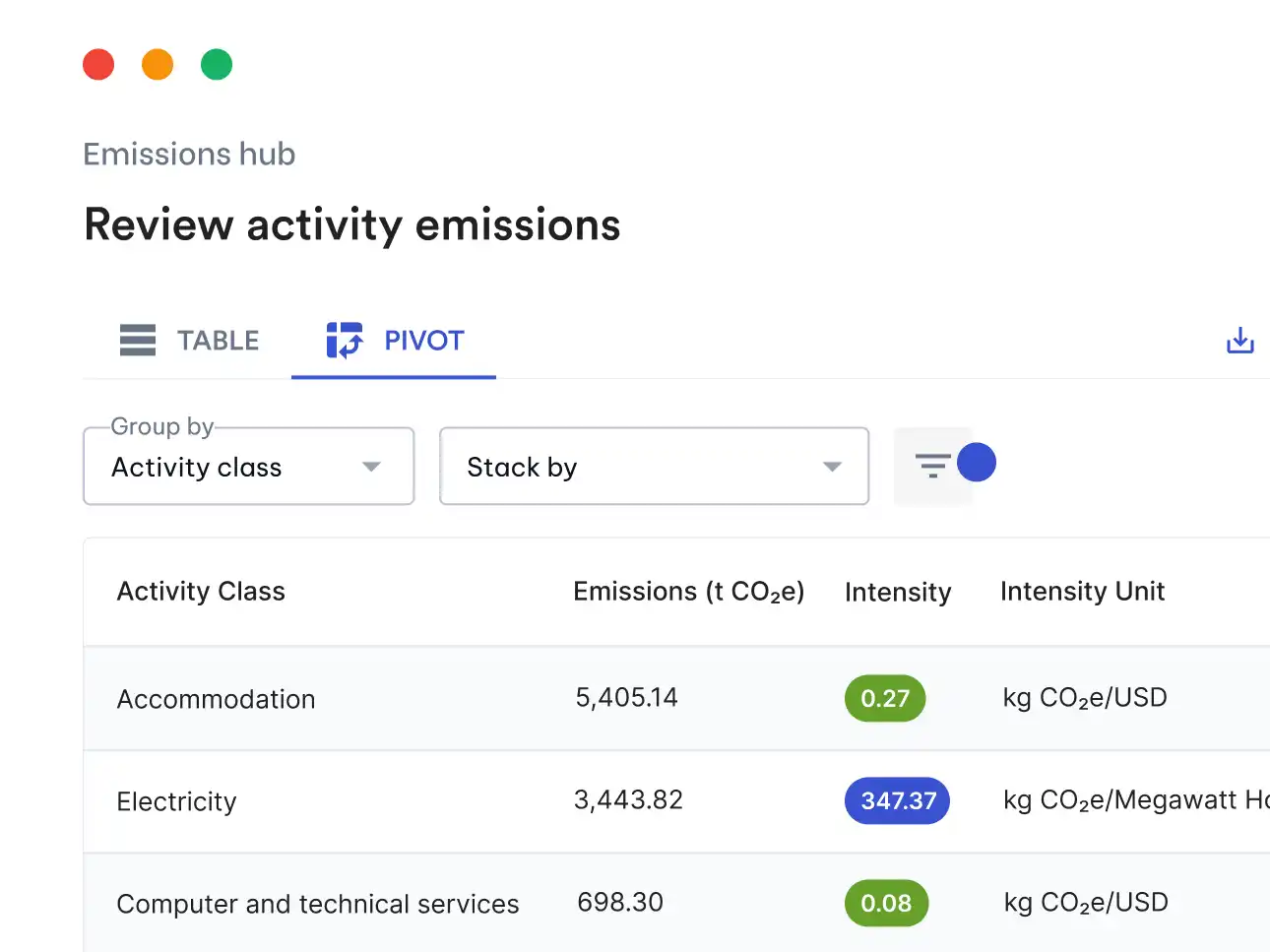This guide breaks down what double-counting is, why it matters to corporate targets and claims, and step-by-step tactics to prevent it in Scope 2, Scope 3 and carbon credit usage.
Carbon accounting is a core element of any sustainability strategy, but mistakes are common — especially double-counting emissions. Whether measuring an organisation’s own footprint or tracking emissions across a supply chain, avoiding double-counting is essential for accurate reporting and credible climate commitments. This guide explains what double-counting looks like, why it matters for corporate targets and claims, and practical steps to prevent it.
What is double-counting in carbon accounting?
Double-counting occurs when the same emissions are recorded more than once in a carbon inventory. It can happen within a single organisation (e.g., two departments claiming the same emissions) or across multiple entities (e.g., both a supplier and a buyer including the same emissions in Scope 3). Double-counting skews data, inflates footprints, and undermines transparency and comparability in emissions reporting.
Under the Greenhouse Gas (GHG) Protocol, emissions are categorised into three scopes:
- Scope 1: Direct emissions from owned or controlled sources (e.g., company-owned vehicles).
- Scope 2: Indirect emissions from purchased electricity, heat, or steam.
- Scope 3: All other indirect emissions, including supply chain and product lifecycle emissions.
The biggest risk of double-counting arises in Scope 3, where emissions can be reported by multiple organisations within the same value chain.
Why double-counting is a problem
Double-counting distorts carbon data accuracy and creates several practical and reputational problems:
- Inconsistent carbon footprints: If multiple entities claim the same emissions, total reported emissions can exceed actual global emissions.
- Misleading sustainability claims: Companies may overstate their impact reductions, increasing greenwashing risk.
- Regulatory and reporting challenges: Frameworks like the GHG Protocol, SBTi, and CSRD require clear and verifiable emissions data. Double-counting can lead to non-compliance or reputational risks.
- Poor decision-making: If data isn’t accurate, companies may invest in the wrong decarbonisation strategies.
Where double-counting commonly occurs
Scope 2 emissions and market-based accounting
Double-counting in Scope 2 emissions often happens when organisations use a mix of location-based and market-based reporting. The location-based method uses the grid’s average emission factor (or residual mix where grid attribute data is absent), while the market-based method reflects contractual instruments such as renewable Energy Attribute Certificates (EACs), Guarantees of Origin (GOs), international RECs (I-RECs) or power purchase agreements (PPAs). If both the generator and the buyer claim the same renewable energy benefits, emissions savings can be overstated.
Scope 3 emissions in the supply chain
Scope 3 emissions are the biggest source of double-counting. If a manufacturer and a retailer both include the same emissions from a product’s production and transportation, total reported emissions may be inflated. The same issue arises in financial reporting when multiple investors claim emissions from the same asset.
Carbon credits and offsetting
A common double-counting pitfall occurs when both the organisation purchasing a carbon credit and the host country where the project takes place claim the same reduction. This can happen in voluntary carbon markets if there isn’t a clear distinction between project ownership and credit retirement.
Best practices to prevent double-counting
1. Establish clear organisational boundaries
Follow the GHG Protocol’s control approaches (equity share or operational control) so each entity reports emissions consistently. Define whether your company reports based on financial ownership or operational control to prevent overlaps.
2. Coordinate Scope 3 reporting with suppliers and customers
Align methodologies across value chains. Engage with suppliers, set standardised reporting frameworks, and use shared emissions factors to avoid duplication. Platforms like Avarni that automate Scope 3 data mapping, reconciliation and audit trails can help ensure supply chain emissions are correctly allocated and make it easier to demonstrate to auditors and stakeholders how overlaps were resolved.

3. Use a consistent reporting approach for Scope 2
Choose either market-based or location-based reporting for Scope 2 and be transparent about how renewable energy purchases are accounted for. If using RECs or PPAs, ensure emission reductions are not counted both by the generator and the buyer.
4. Ensure transparency in carbon credit claims
Only claim reductions from credits that have been retired in your name. Verify project ownership and use certified registries such as Verra or Gold Standard to ensure credibility.
5. Leverage technology to track emissions accurately
Manual tracking increases the risk of errors. AI-driven and automated platforms like Avarni can standardise emissions calculations, integrate supplier data, and streamline Scope 3 reporting to reduce duplication and improve data integrity.
Summary
- Double-counting occurs when emissions are counted more than once, commonly in Scope 3 reporting or carbon credit claims.
- Consequences include inaccurate data, misleading sustainability claims, regulatory risk, and poor strategic decisions.
- Scope 2: Use a consistent approach (market-based or location-based) and be transparent about renewable energy claims.
- Scope 3: Coordinate reporting with suppliers and customers to ensure accurate allocation.
- Carbon credits: Only claim retired credits and use certified registries (e.g., Verra, Gold Standard).
- Technology: Automated platforms help eliminate duplication and improve transparency.





